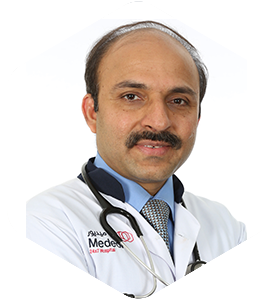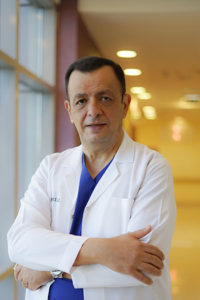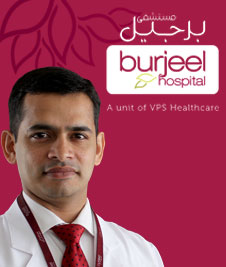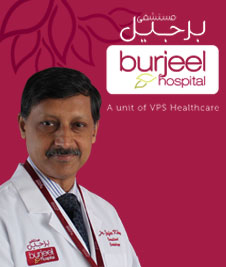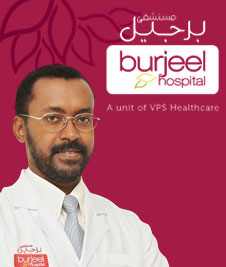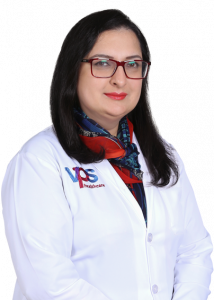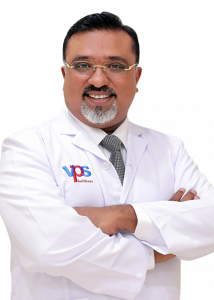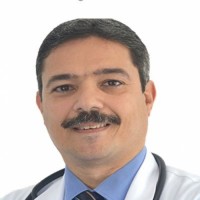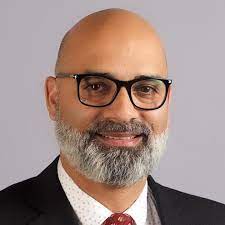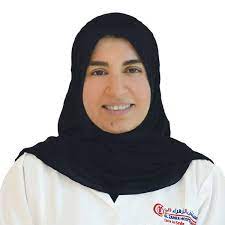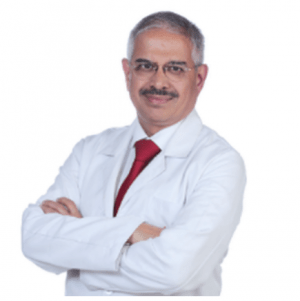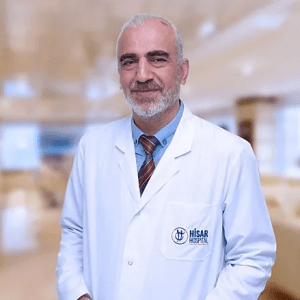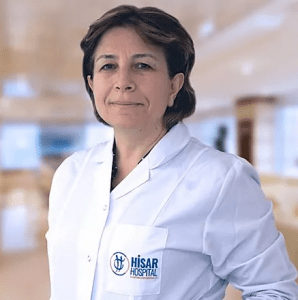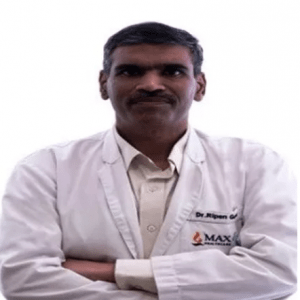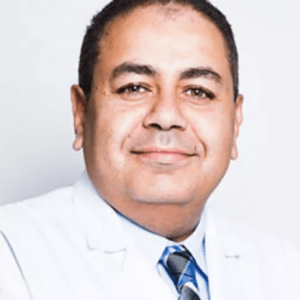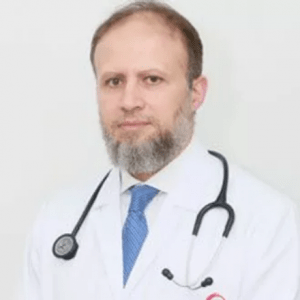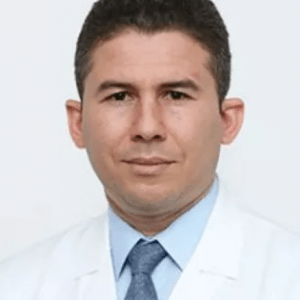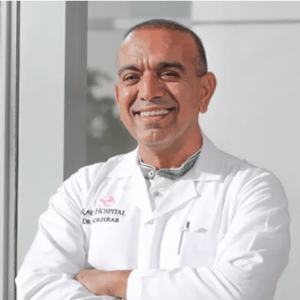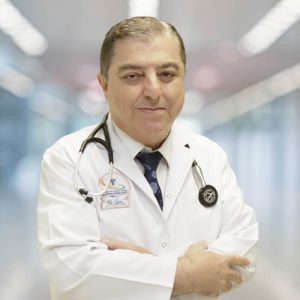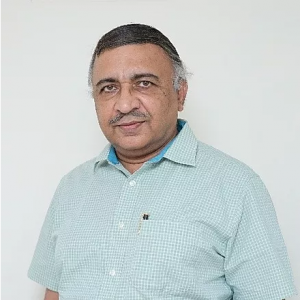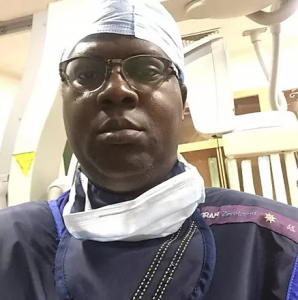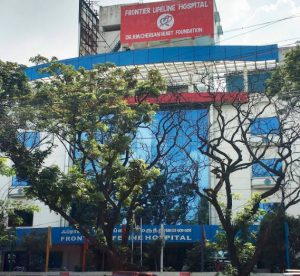Extracorporeal membrane oxygenation (ECMO)
WHAT IS EXTRACORPOREAL MEMBRANE OXYGENATION (ECMO)? Extracorporeal membrane oxygenation (ECMO), also known as “Extracorporeal Life Support (ECLS)”, is a technique that operates outside the body, providing prolonged cardiac and respiratory support to individuals whose heart and lungs are incapable of providing an adequate amount of gas exchange to sustain life. In ECMO, blood is pumped […] Read More
Top Doctors For Extracorporeal membrane oxygenation (ECMO) Treatments
Top Hospitals For Extracorporeal membrane oxygenation (ECMO) Treatments
Extracorporeal membrane oxygenation (ECMO)
WHAT IS EXTRACORPOREAL MEMBRANE OXYGENATION (ECMO)?
Extracorporeal membrane oxygenation (ECMO), also known as “Extracorporeal Life Support (ECLS)”, is a technique that operates outside the body, providing prolonged cardiac and respiratory support to individuals whose heart and lungs are incapable of providing an adequate amount of gas exchange to sustain life.
In ECMO, blood is pumped outside your body to a heart-lung machine. The machine removes carbon dioxide from the blood and sends oxygen-filled blood back to tissues in the body. This system enables heart-lung bypass support outside of the patient’s body. This is always useful when a person is awaiting a heart or lung transplant. It also helps to give life support to victims of COVID-19 (coronavirus).
USES OF EXTRACORPOREAL MEMBRANE OXYGENATION
Extracorporeal membrane oxygenation is used for the following purposes:
- To treat cardiac arrest.
- To support patients with acute viral pneumonia.
- To act as post-cardiopulmonary bypass or late-stage treatment of those with acute liver failure.
- To serve as a post-cardiopulmonary bypass or late-stage treatment of those with very serious heart failure.
The following are some health conditions that may prompt the use of ECMO:
- Septic shock.
- Hypothermia.
- Cardiac arrest.
- Liver transplantation.
- Heart transplantation.
- Refractory cardiogenic shock.
- Hypoxemic respiratory failure.
- Hypercapnic respiratory failure.
- Acute severe cardiac or pulmonary failure.
- Acute viral pneumonia, such as COVID-19.
- Immunosuppression (weakened immune system).
Some heart conditions which ECMO may be used include:
- Post-transplant complication.
- Low body temperature (hypothermia).
- Heart muscle inflammation (myocarditis).
- Heart attack (acute myocardial infarction).
- Sepsis (life-threatening complication, due to an infection).
- Heart muscle disease (decompensated cardiomyopathy).
- Cardiogenic shock (caused by insufficient blood-pumping by the heart).
Some lung (pulmonary) conditions which ECMO may be used include:
- Trauma.
- Pneumonia.
- Flu (influenza).
- Respiratory failure.
- Coronavirus disease (COVID-19).
- Hantavirus pulmonary syndrome.
- Anti-respiratory distress syndrome (ARDS) or H₁N₁ virus.
- Pulmonary hypertension (high blood pressure in the lungs).
- Pulmonary embolism (blockage in a pulmonary artery in the lungs).
- Congenital diaphragmatic hernia (defect in the diaphragm of a fetus).
- Meconium aspiration (in which the fetus inhales waste products in the womb).
RISKS ASSOCIATED WITH ECMO
ECMO technology, developed in the early 1970s, has advanced significantly in its life support intervention effort. But it is a high-risk intervention, and the most common risks related to it include:
- Seizures.
- Infection.
- Heavy bleeding.
- Blood clot (thromboembolism).
- Blood clotting disorder (coagulopathy).
- Possible complications in infants and small children.
- Limb ischemia (loss of blood in the feet, legs, or hands).
- Stroke (as blood shortage in the brain due to broken blood vessels results in damage of parts of the brain).
CANDIDATES FOR EXTRACORPOREAL MEMBRANE OXYGENATION
ECMO is an intervention therapy for emergency life support. Its discovery has delivered many who were at the point of death. Neonates often are at risk, as well as pregnant mothers.
The common candidates of ECMO include:
- Newborn babies with respiratory or heart problems.
- Children suffering from cardiac or pulmonary disorders.
- Pregnant mothers having birth complications.
- Patients with lung and/or cardiac failures.
- Trauma patients.
- Patients with severe infections.
- Patients having serious complications during surgery.
- Stroke patients or those with limb ischemia.
- Patients experiencing seizures.
- Meconium aspiration babies.
- Those whose doctors’ recommendations fit.
THE EXTRACORPOREAL MEMBRANE OXYGENATION PROCEDURE
Extracorporeal life support is needed after surgery or when you are very ill and your heart or lungs need relief to heal. The duration depends on your health conditions.
- The ECMO machine is connected to you through plastic tubes.
- The plastic tubes are placed in your large veins and arteries in the legs, neck, or chest.
- Blood flows through the machine, which adds oxygen to the blood and removes carbon dioxide, and then the blood is returned to your system.
- You will receive other medications, including sedation, to comfort you while receiving ECMO.
- You may not be able to talk during the procedure.
ECMO can be used for a few days to a few weeks. Your doctor will discuss with you or your family the outcome and expectancy.
RESULTS
The results derived from ECMO depend on the severity of the health condition that led to the engagement of the life support. Your doctor will have a talk with you about your results.
EXTRACORPOREAL MEMBRANE OXYGENATION COST
The cost of extracorporeal membrane oxygenation in the United States is $5,000 to $10,000 per day. In England, the average cost of ECMO treatment per patient is £45,000.
CONCLUSION
For a decade, survival has steadily improved reaching up to 65% at hospital discharge in the most recent cohorts. Nonetheless, ECMO is still risked by frequent and significant complications such as bleeding and infections arising from the procedure. Also, physiological and psychological symptoms are usually described in long-term follow-up of ECMO-treated respiratory distress syndrome (ARDS) survivors. A case of very high treatment cost also has a negative trend.


